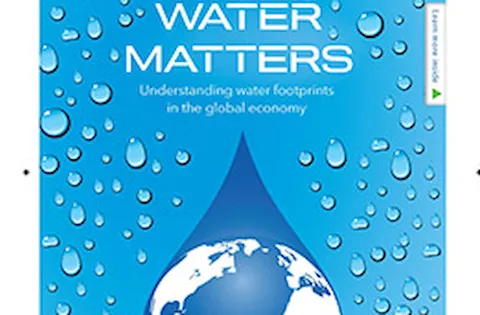Water management
Freshwater is a limited resource that your business depends on. Efficient water management contributes to your sustainable business performance. Understanding your water footprint is your starting point.
Water management
What is water footprint?
The water footprint of a company is the total volume of freshwater that is used to run and support that company. A water footprint is both direct and indirect. The direct water usage is the water that goes into the production and manufacturing of a product or service, while indirect water is used in the supply chain or in the use of a product. Responsible water management means mitigating water risks while meeting stakeholder demands to sustainable business.
Why manage your water footprint?
Water is a necessity in all kinds of production, from food to electronics, and we all depend on access to water in our daily lives. With current water management practices, we will only have enough water to satisfy 60 per cent of water demand in 2030. By assessing the water footprint of your products and corporation, setting clear targets to reduce it, and paying special attention to those areas where problems of water scarcity and pollution are most critical, you can ensure that this essential resource is available now and into the future. By proactively reducing your water footprint, you can turn water into a competitive advantage.
How we can support
DNV can support your organization through:
- Water risk assessment: An analysis of company operations, geographic locations, level of scarcity etc. A water risk assessment is aimed at understanding and evaluating the scale and relevance of the potential environmental impacts related to water used by or within a product, process or organization.
- Supply chain water risk assessment: Helps identify areas to focus on in your direct operations and supply chain. This could include analysis of data on water stress, drought, rainfall and estimates of water usage in different regions.
- Water footprint inventory review: An independent review of the methods, assumption and interpretation of water consumption data, according to existing and emerging water footprint standard and guidelines.
- Water footprint verification of products: An external verification of the water consumption for a specified product or category of products, using existing standards and initiatives.
- Water footprint verification of an organization or facility: An external verification of the water consumption within an organization or a facility, using existing standards and initiatives.
- Training courses: A wide range of training courses, covering all your needs in the domain of water footprint: From awareness to building competence and qualifying your employees.
Más información

Building Sustainable Business Performance?
A short guide on sustainability

El agua importa
Entender la huella del agua en la economía global.




